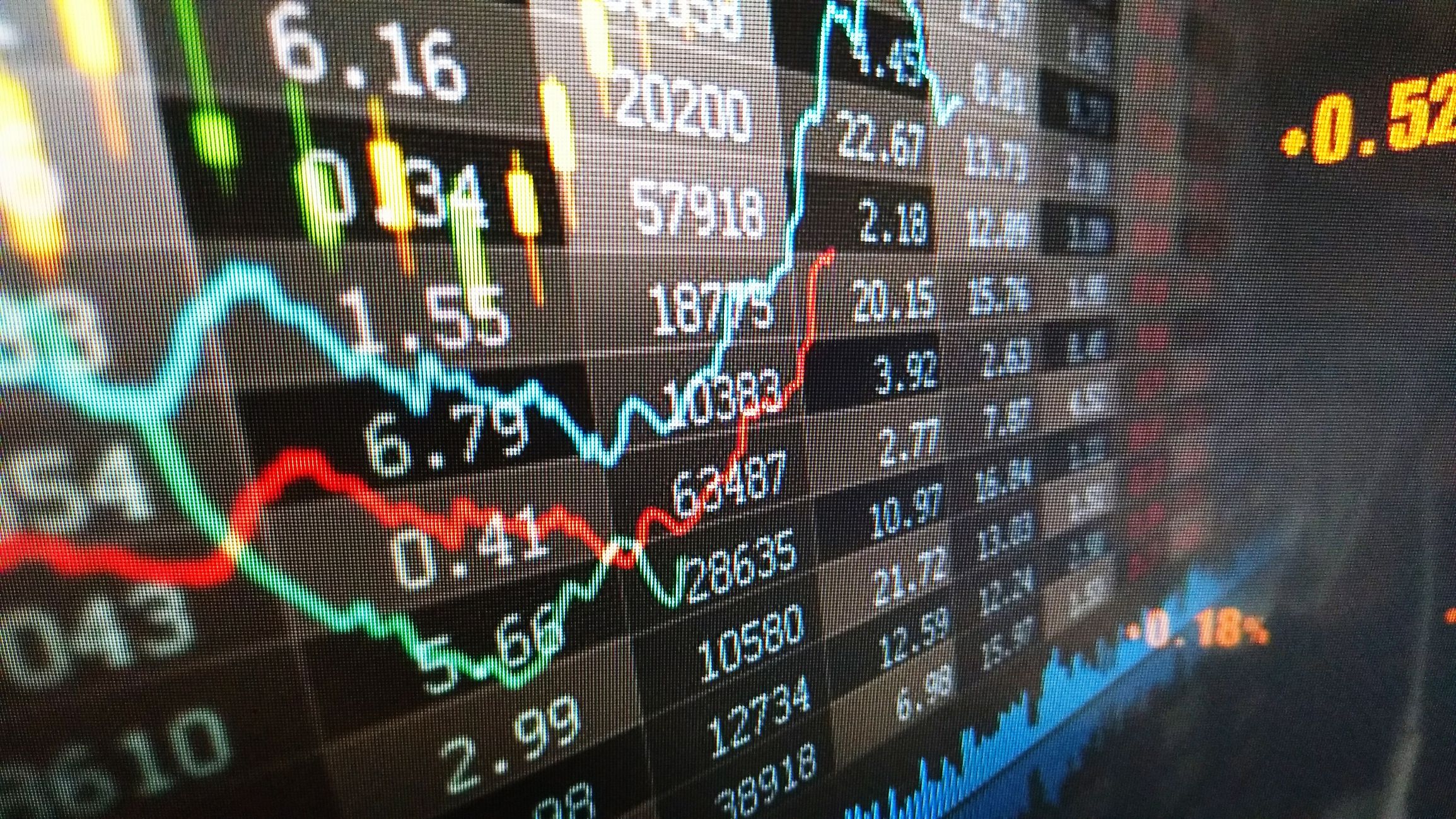[ad_1]
Stock valuations are showing their largest dispersion in 70 years, and this has important implications for investors, according to research by asset management firm AllianceBernstein. “Value tends to outperform when dispersion in valuation across the market is at its widest. Valuation spreads are incredibly wide and sentiment may have found a floor,” as Inigo Fraser-Jenkins, the London-based head of global quantitative and European equity strategy at Bernstein, observed in a note to clients cited by CNBC.
Earlier this year, a report in Barron’s highlighted four inexpensive stocks that look particularly attractive, as listed below. Bernstein has outperform ratings on Goldman Sachs and DowDuPont and finds that they screen well on residual value.
6 Low-Valuation Stocks With Upside
- AT&T Inc. (T): 8.2x, 6.8%
- DXC Technology Co. (DXC): 7.0x, 1.2%
- Mylan N.V. (MYL): 5.7x, no dividend
- Morgan Stanley (MS): 7.7x, 2.9%
- Goldman Sachs Group Inc. (GS): 7.2x, 1.6%
- DowDuPont Inc. (DWDP): 11.7x, 2.8%
Sources: Barron’s, CNBC, Yahoo Finance
Significance For Investors
“Value as a style tends to perform better than average when there have been extreme troughs in the earnings revisions balance series particularly 6 to 12 months following the point of most aggressive downgrades,” Fraser-Jenkins wrote. This observation is particularly timely, given the sharply downward trend in corporate earnings estimates for 2019. Among leading Wall Street firms, Morgan Stanley has been particularly bearish in its outlook on profits.
(Forward P/E and Dividend Yield)
Based on the last two decades of history, the performance of cheaper stocks tends to improve as the overall dispersion among stock valuations increases, according to Savita Subramanian, head of U.S. equity and quantitative strategy at Bank of America Merrill Lynch, per another report in Barron’s. Like Bernstein, she notes that dispersion is far above historical norms, and expects that the inevitable reversion to the mean will, on average, push low valuations upward.
Christopher Harvey, head of equity strategy at Wells Fargo Securities, has a similar view. As low valuation stocks get sufficiently cheap, “value extraction becomes more likely as you’re sitting on multiple revisions and a peaking of risk,” as he wrote to clients recently, per Barron’s. That is, the valuations of cheap stocks are likely to rise once investors no longer see downside risk.
Bernstein suggests that investors consider stocks that are cheap compared to the average valuations for their sectors, “cheap per unit fundamentals,” or cheap per their “residual value factor.” The latter concept, as applied by Bernstein, appears to be similar to liquidation value.
AT&T: Management projects free cash flow of $26 billion in 2019, more than enough to cover $14 billion of dividends, with the rest, plus the proceeds from asset sales, largely earmarked for paying down debt. Equity investors have been signaling a strong desire for corporate debt reduction recently.
DXC: The company is a leading player in cloud services, but has seen revenue declines. However, analyst Bryan Bergin at Cowen finds “a coherent plan” for addressing the problem, as quoted by Barron’s.
Mylan: Analyst David Maris at Wells Fargo Securities notes that the drugmaker trades at a discount to comparable rivals, that its free cash flow is projected to be 21% of its stock market value, and that excess cash will be used to reduce debt.
Morgan Stanley: The securities firm has increased the share of total profits coming from its relatively stable asset management and wealth management units to a projected 48% in 2019, up from 34% in 2010. Analyst Mike Mayo of Wells Fargo offers three other positives: costly retention bonuses linked to its 2009 acquisition of Smith Barney will stop being paid in April, it is likely to do well in this year’s banking stress tests, and its current valuation is about 25% lower than its average over the last five years.
Looking Ahead
Investors should never forget that some stocks are cheap for good reasons, namely genuinely poor actual or projected performance. Any reversion to the mean in market-wide valuations inevitably will leave behind those stocks for which the outlook remains cloudy.
[ad_2]
Source link Google News

